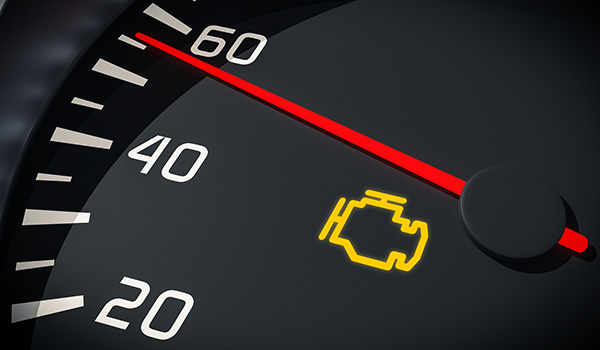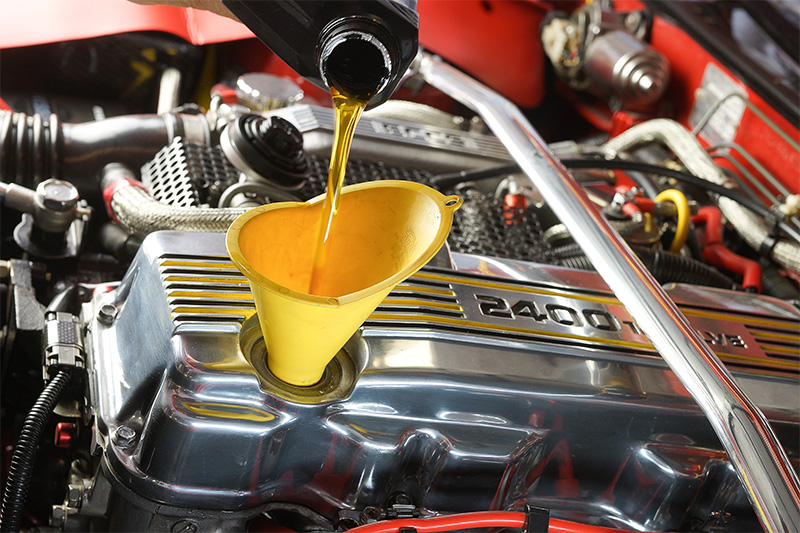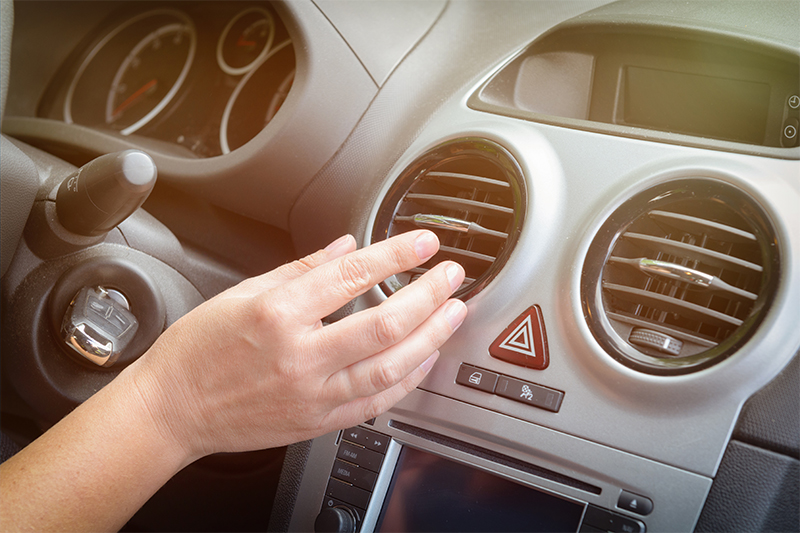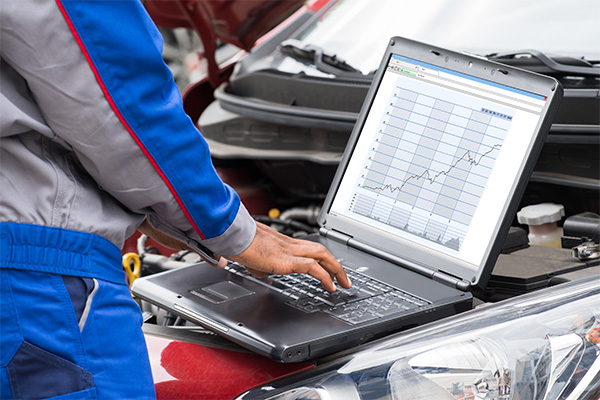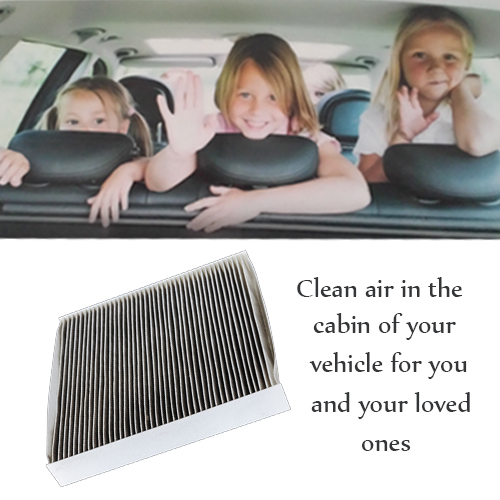If you’re familiar with Southwest Florida, you know Summertime equals lots and lots of rain. Which can be very dangerous for anyone on the road. In this blog, we’ll discuss how you can stay safe while driving during the rainy season.
During the first few minutes of rainfall, rain mixes with the oil and forms a film that creates an extra slippery surface on the road. Many drivers don’t appreciate how dangerous driving during this time can truly be. If you’re not on high alert, you greatly increase the odds of skidding across the road.
As rainfall progressively gets harder, it washes the oil off of the road. But as one problem diminishes, another rears its ugly head. Visibility decreases and the amount of standing water increases. Things you can do to stay safe as rainfall increases while driving are:
- Slow down
- Avoid puddles by staying in the middle lane
- Turn off cruise control
- Maintain MILD pressure on gas and brake
Hydroplaning occurs when your tires encounter more water then they can disperse, so they lose contact with the road and skid along the water’s surface. Learning how to avoid hydroplaning and regaining control if it does happen can help you avoid a devastating scenario.
Yes, hydroplaning can cause you to panic, but don’t lose your concentration:
- Stay calm and wait for the skidding to stop
- Ease your foot off the gas
- Steer in the direction you want the car to go
- Brake carefully
Accelerating or slamming your brakes can cause your vehicle to lose control.
Before you hit the road this Summer, bring your vehicle into AAMCO of Bonita Springs. We’ll make sure your tires have good tread, make sure your tires are inflated properly, and rotate your tires with every other oil change.
(239) 992-2626

